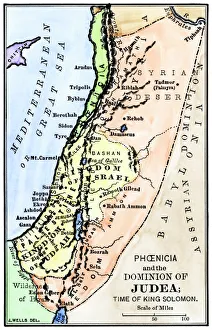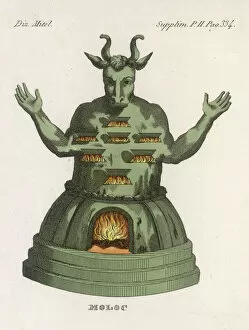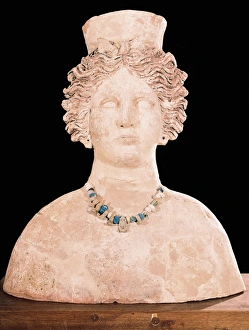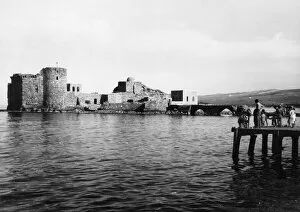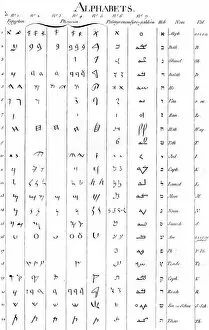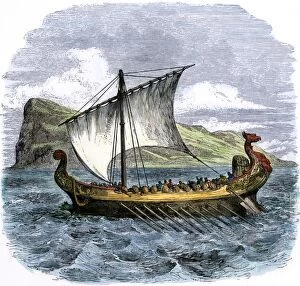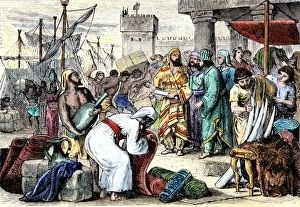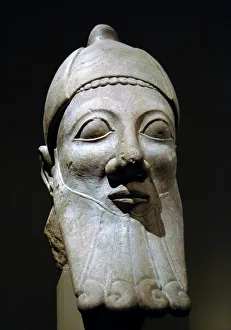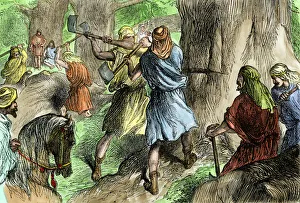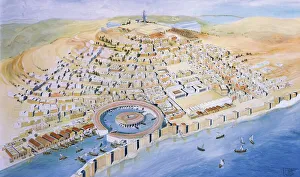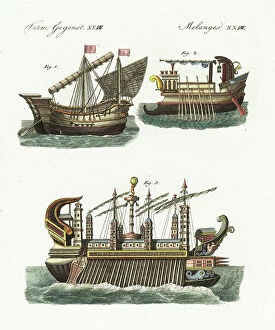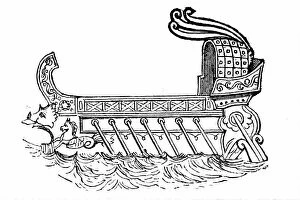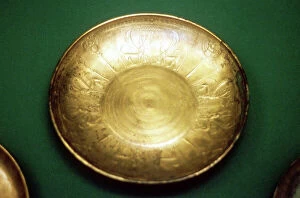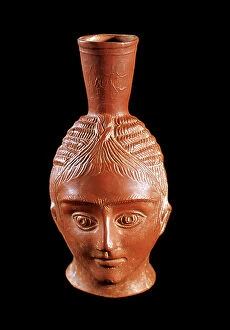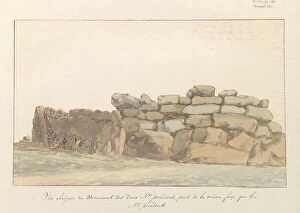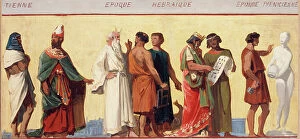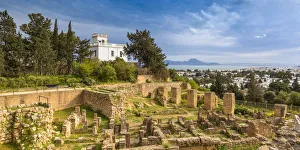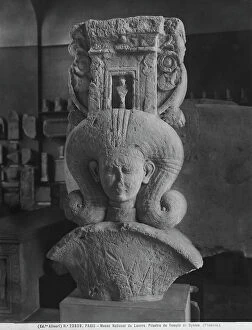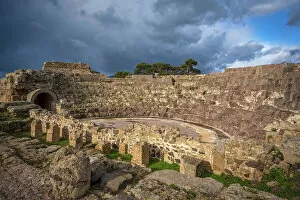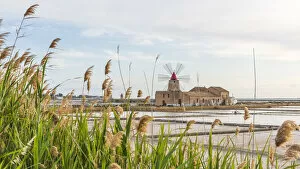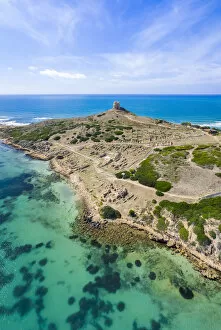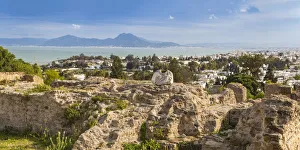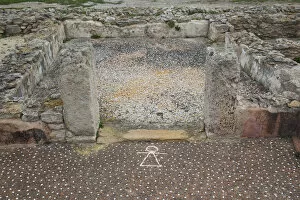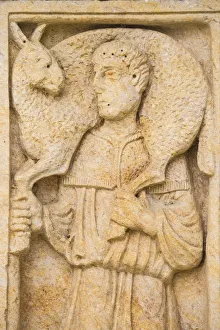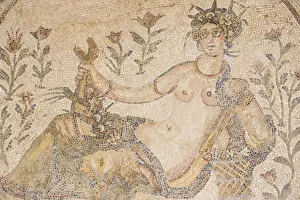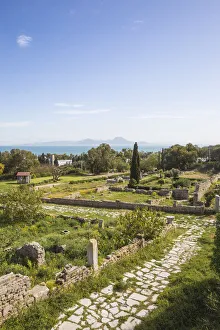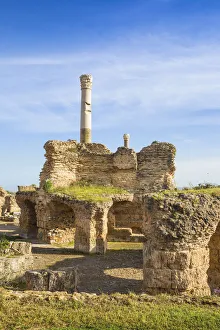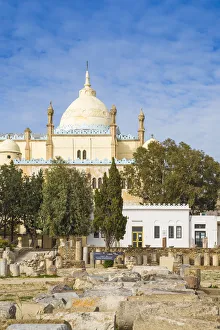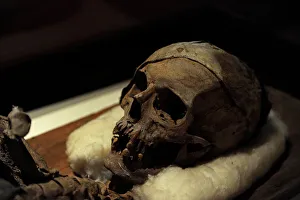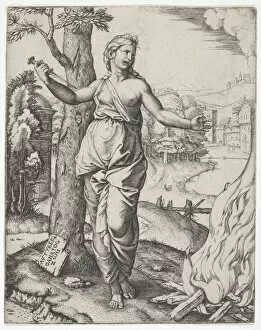Phoenician Collection
"Unveiling the Enigmatic Phoenician Civilization: Traders, Artisans, and Explorers" Discover the ancient world of Phoenicia through a captivating journey
All Professionally Made to Order for Quick Shipping
"Unveiling the Enigmatic Phoenician Civilization: Traders, Artisans, and Explorers" Discover the ancient world of Phoenicia through a captivating journey. Delve into their rich history as we explore the map of ancient Palestine kingdoms of Judah and Israel, where these enterprising people once thrived. Marvel at the intricate sculptures that adorned their cities, such as the bust of goddess Tanit—a masterpiece from Carthaginian art—showcasing their devotion to deities like Moloch. Witness the artistic prowess in a Cyprus bust depicting a bearded man from the 6th century B. C. , revealing their mastery over form and expression. Travel to Lebanon's Sidon, renowned for its flourishing trade routes that made Phoenicians exceptional merchants. Admire how they harnessed nature's resources by sourcing Cedars of Lebanon for Solomon's Temple—an architectural marvel symbolizing their craftsmanship. Unlock secrets hidden within ancient alphabets developed by these innovative traders-turned-scholars. Their contribution revolutionized writing systems across civilizations. Step back in time to bustling ports where Phoenician traders embarked on daring voyages across seas unknown. Picture them navigating treacherous waters with confidence and determination. Witness Punic civilization come alive through vivid frescoes depicting Byrsa Hill—the heart of Carthage—and Hannibal's circular harbor; testaments to their engineering ingenuity. Phoenician coins and writings offer glimpses into an era long gone but not forgotten. These artifacts serve as tangible links connecting us to this enigmatic civilization’s legacy. Be awestruck by an openwork plaque featuring a striding sphinx crafted from ivory during the 9th-8th century B. C. —a testament to Phoenicia's exquisite craftsmanship and artistic finesse. Finally, visit Tharros—a Roman port nestled in Sardinia—where remnants influence still linger today. Witness the enduring impact culture on Mediterranean Europe.

